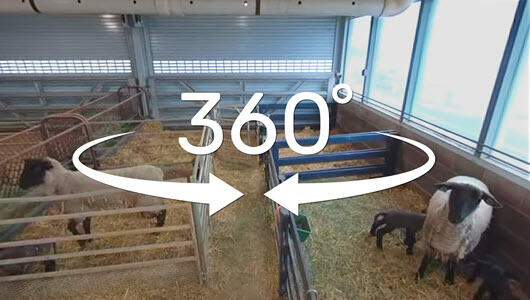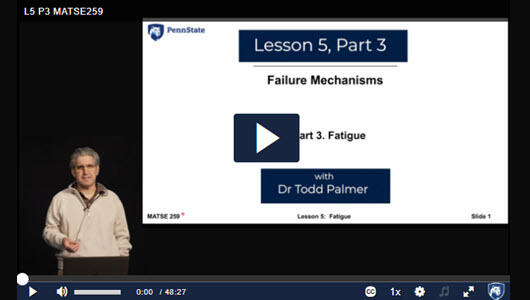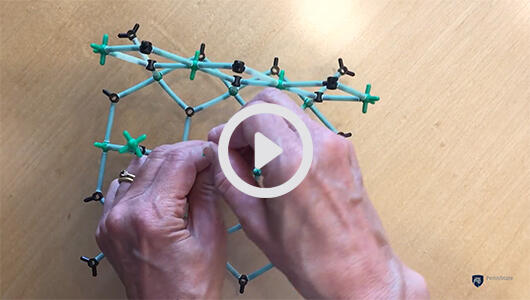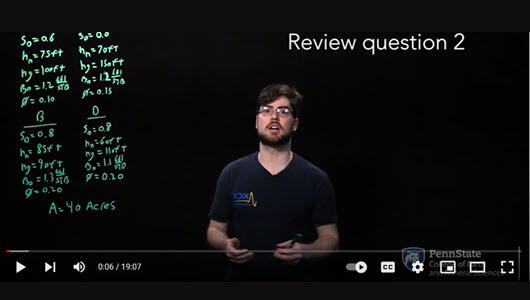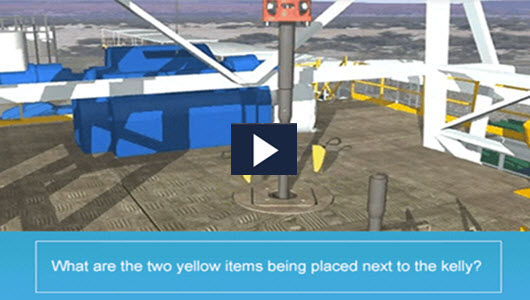video
vid·e·o
/ˈvidēō/
Noun
The broadcasting of moving visual images, typically accompanied by audio and often used to demonstrate, illustrate or communicate ideas that are difficult to describe by text and graphics alone. There are many tools available to us to create, store and broadcast digital videos.
Pagination
- Page 1
- Next page
